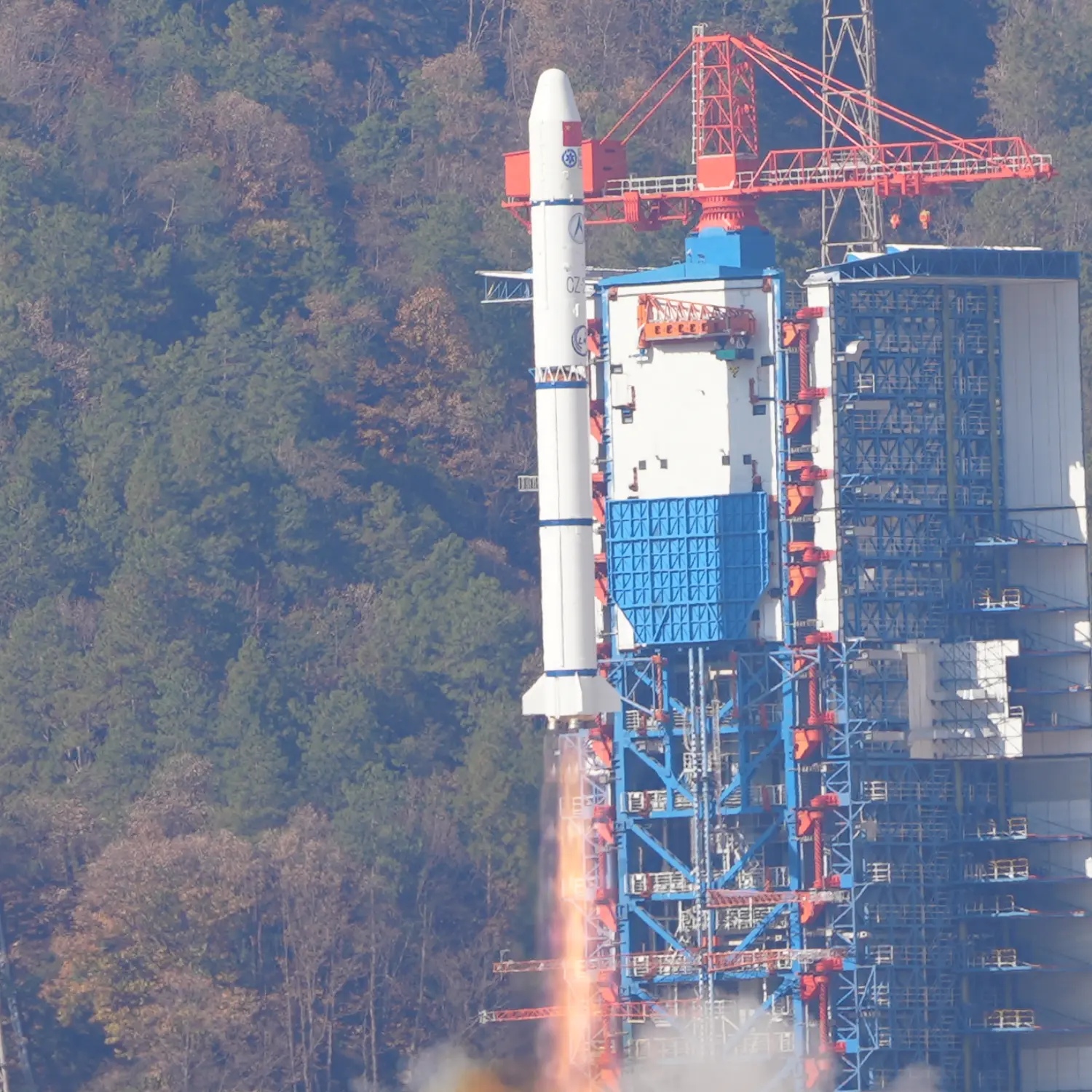/
Einstein Probe
Launch Success
Liftoff Time (GMT)
07:03:00
Tuesday January 9, 2024
Watch Replay
Official Livestream
Mission Details
Read Article
Einstein Probe
The Einstein Probe (EP) is a Chinese Wide-Field X-ray astronomy observatory for detecting high energy flashes of cataclysmic cosmic events. These includes tidal disruption events (stars pulled apart by supermassive black holes), supernovae, and high-energy, electromagnetic counterparts of gravitational wave events. The spacecraft, weighing ~1400 kilograms, will be launched into a 600-kilometer-high, low-inclination orbit. The probe's instruments include a Wide-field X-ray Telescope (WXT) with a field of view of 3,600 square degrees, employing cutting-edge "lobster eye" optics to view X-ray events more deeply and widely than previously possible, and a Follow-up X-ray Telescope (FXT), developed in collaboration with Europe, that performs follow-up detailed observations as soon as WXT detects an X-ray event. The Einstein Probe mission is managed by the NSSC, with participation from the CAS's NAOC, the Institute of High Energy Physics (IHEP), the Shanghai Institute of Technical Physics (SITP), and the Innovation Academy for Microsatellites, a spacecraft manufacturer that has previously produced space science and Beidou navigation spacecraft. The European Space Agency is contributing to the mission with a mirror module for the FXT instrument, as well as ground station and science management support. The FXT instrument is also supported by Germany's Max Planck Institute for Extraterrestrial Physics.
Low Earth Orbit
1 Payload
1,450 kilograms
Rocket


Agency
CASCPrice
$30.80 million
Rocket
Height: 42m
Payload to Orbit
LEO: 2,850 kg
GTO: 1,000 kg
Liftoff Thrust
2,962 Kilonewtons
Fairing
Diameter: 3.35m
Height: 8.37m
Stages
2
Launch Site
Stats
Long March 2C
75th
Mission
1st
Mission of 2024
2024
7th
Orbital launch attempt